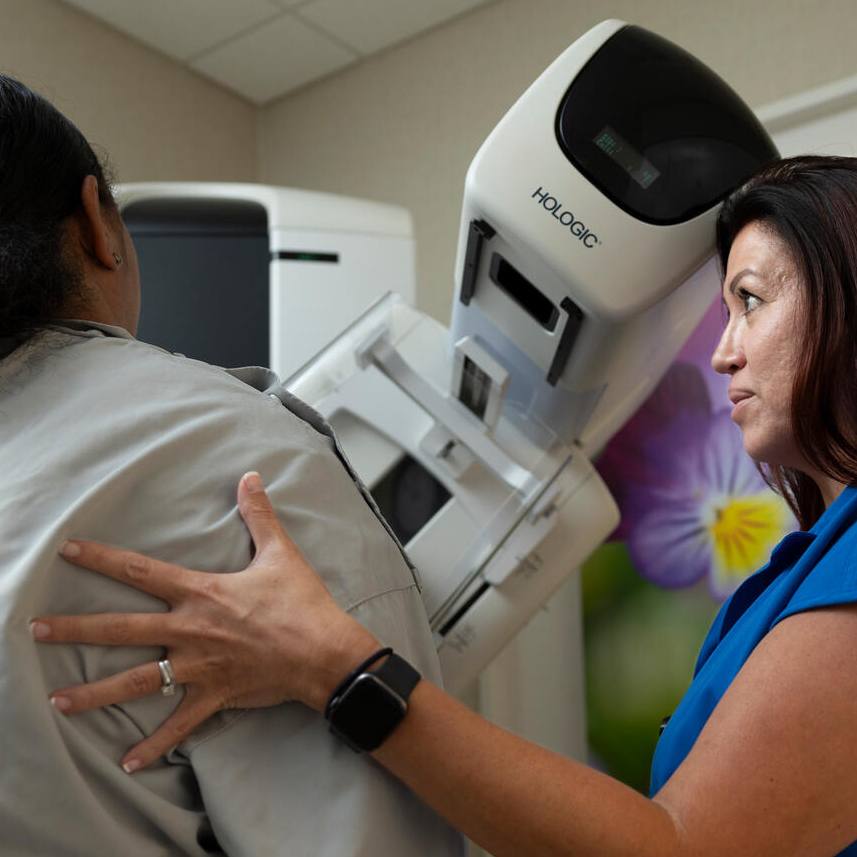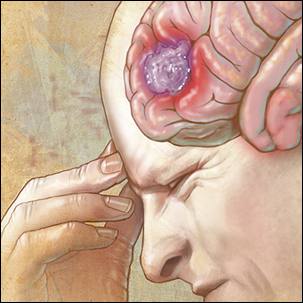-
Cancer
Consumer Health: Breast cancer screening

National Mammography Day will be observed Saturday, Oct. 21, which makes this a good time to learn about the importance of breast cancer screening with mammograms.
Breast cancer accounts for 1 in 3 of all new cancers diagnosed in women in the U.S. each year, according to the American Cancer Society. It's estimated that nearly 44,000 women in the U.S. will die from breast cancer this year.
Mammograms play a key role in early breast cancer detection. They can detect breast cancer before it causes signs and symptoms, decreasing breast cancer deaths.
Understanding your risk
Breast cancer risk assessment takes into account several aspects of your gynecologic health, personal history of breast biopsies, breast density and family history to calculate whether you may be more likely than average to develop breast cancer. You and your healthcare team can use results from a breast cancer risk assessment to determine if you have an increased risk of breast cancer. A breast cancer risk assessment can help you and your healthcare professional decide whether you should consider measures to reduce your risk of breast cancer.
Researchers have identified hormonal, lifestyle and environmental factors that may increase your risk of breast cancer. And an estimated 5% to 10% of breast cancers are linked to gene mutations passed through generations of a family. It's not clear why some people who have no risk factors develop cancer while other people with risk factors do not. It's likely that breast cancer is caused by a complex interaction of your genetic makeup and your environment.
Some risk factors, such as family history, can't be changed. However, you can make lifestyle changes, including limiting alcohol, eating a healthy diet, maintaining a healthy weight and being physically active, to lower your risk.
Mammogram
A mammogram is an X-ray image of your breasts. It can be used for breast cancer screening and for diagnostic purposes, such as to investigate symptoms or unusual findings on another imaging test.
During a mammogram, your breasts are compressed between two firm surfaces to spread out the breast tissue. Then an X-ray captures black-and-white images that are displayed on a computer screen and examined for signs of cancer.
3D mammogram
A traditional mammogram creates 2D images of the breast. A newer type of mammogram called a 3D mammogram, or breast tomosynthesis, creates 3D images of the breast. Many medical facilities offer 3D mammograms in addition to the traditional 2D mammograms for breast cancer screening.
A 3D mammogram is used to look for breast cancer in people who have no signs or symptoms of the disease. It also can be used to investigate the cause of breast problems, such as a breast mass, pain and nipple discharge. 3D mammograms also may be recommended for women with dense breast tissue.
When used for breast cancer screening, the 3D mammogram machine creates 3D images and standard 2D mammogram images because both types of images have some advantages in revealing certain breast abnormalities.
Connect with others talking about breast cancer screening in the Breast Cancer Support Group on Mayo Clinic Connect, an online patient community moderated by Mayo Clinic.







